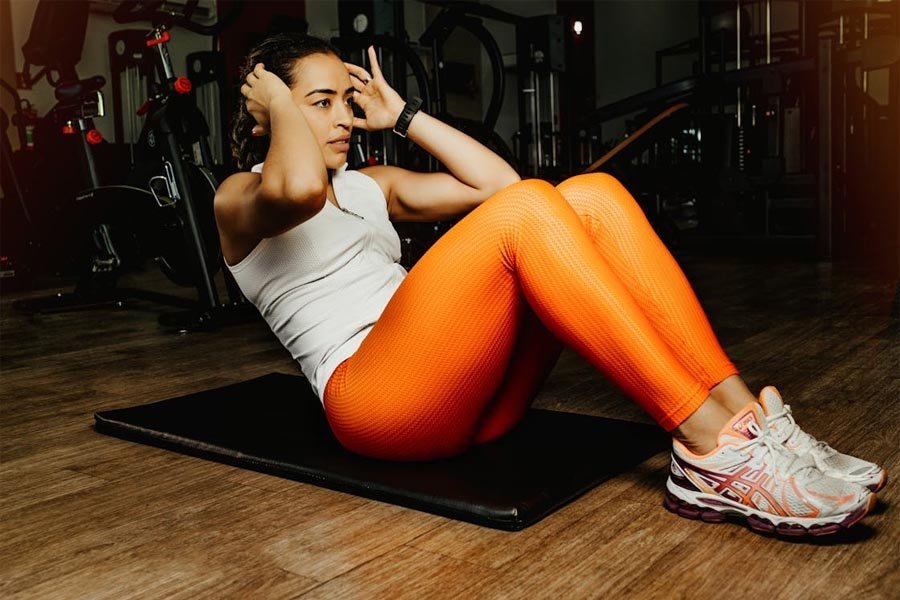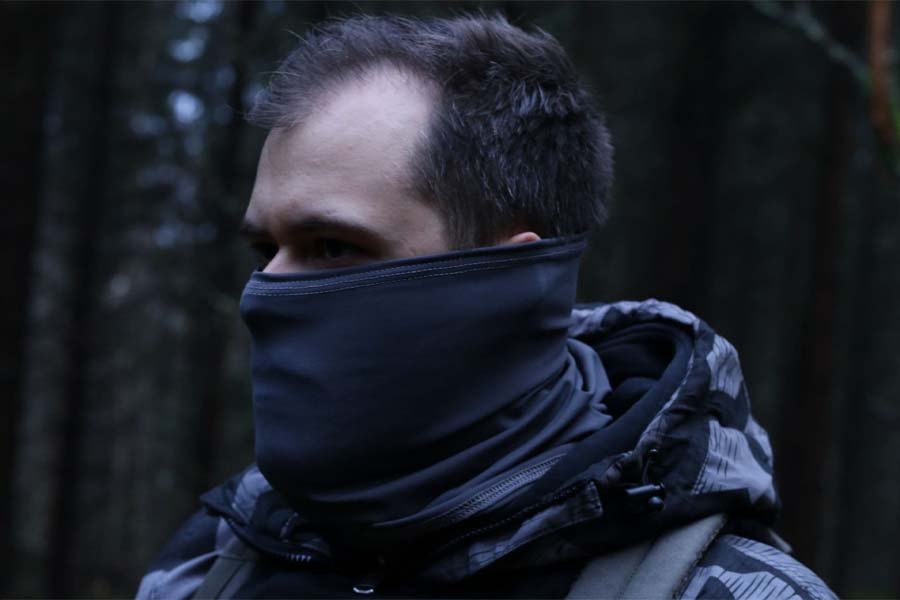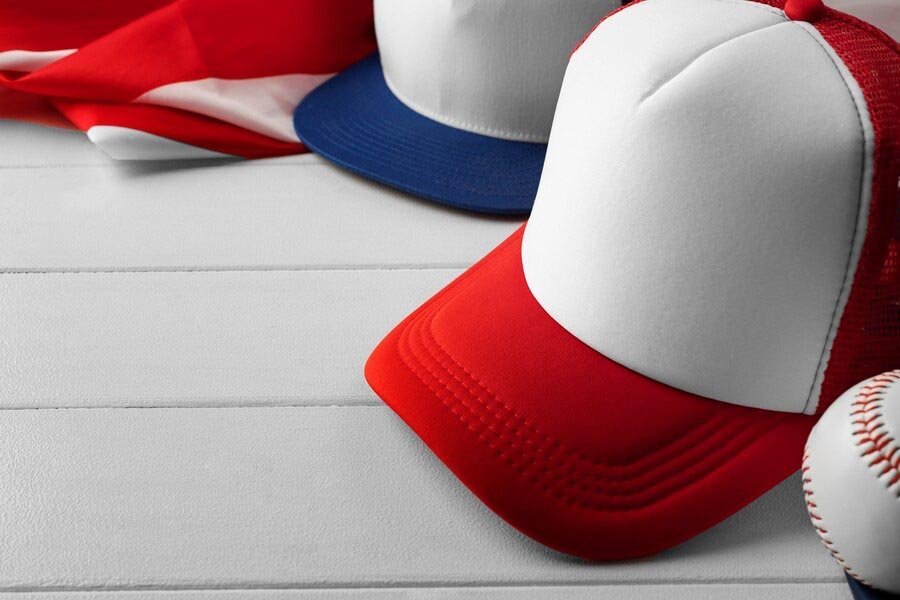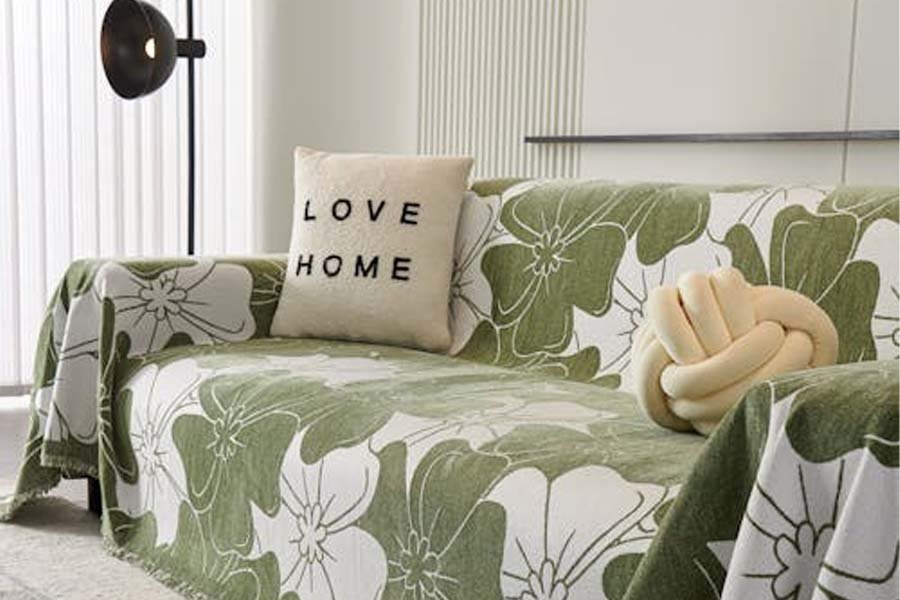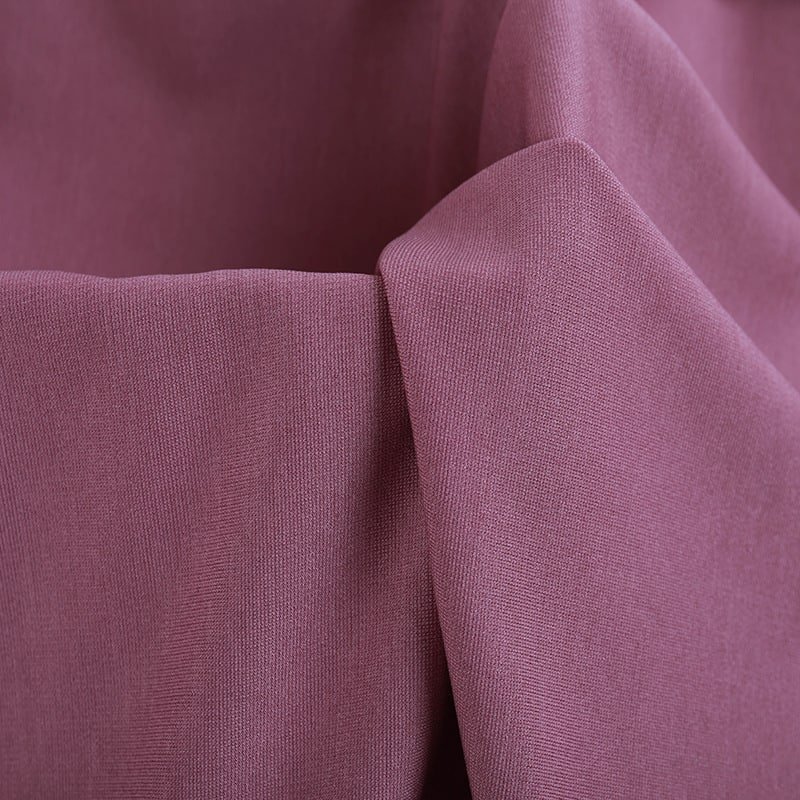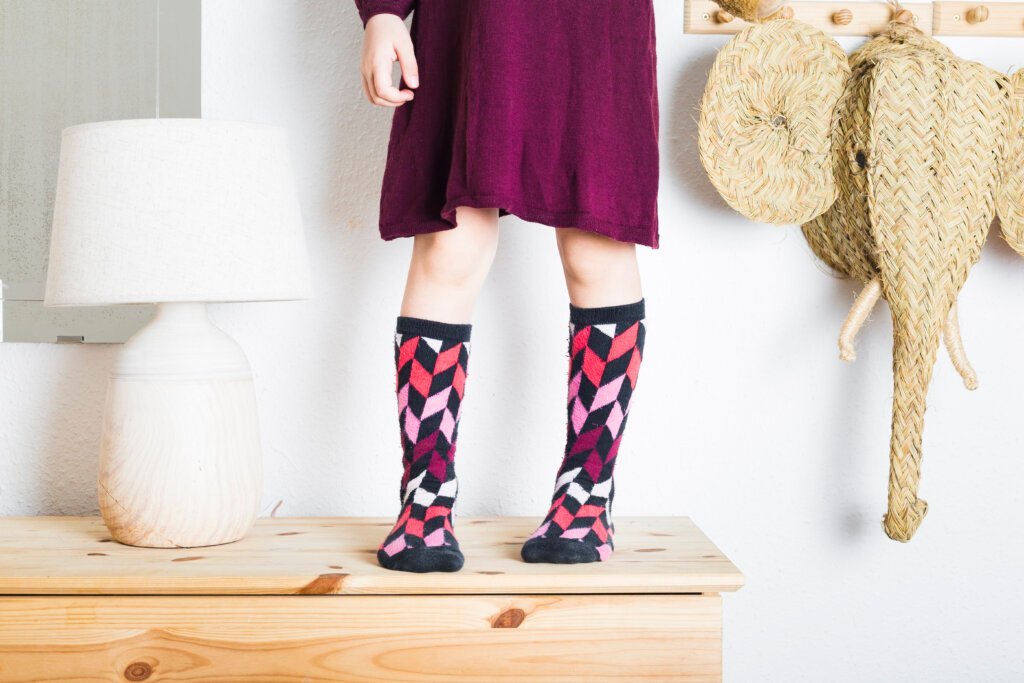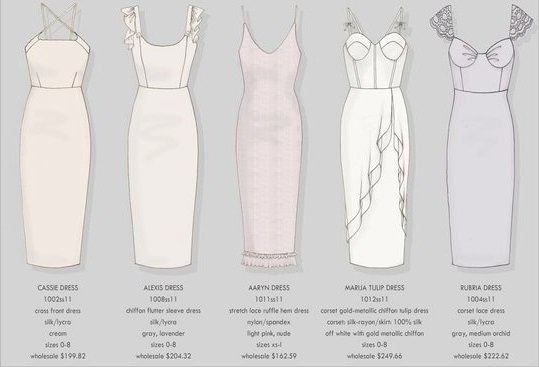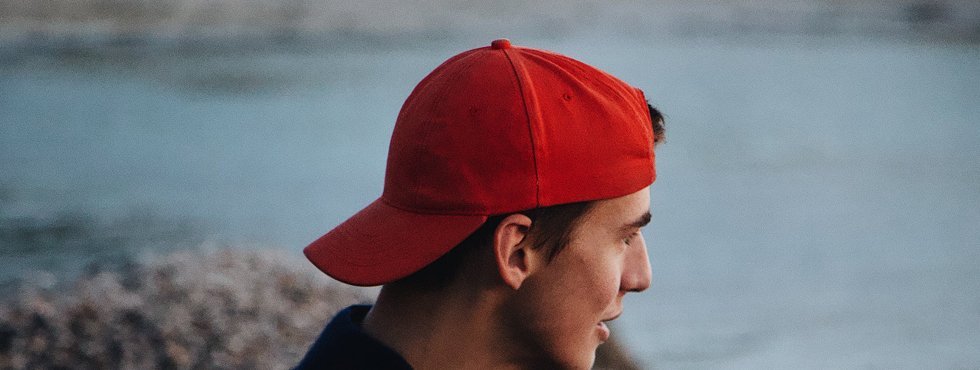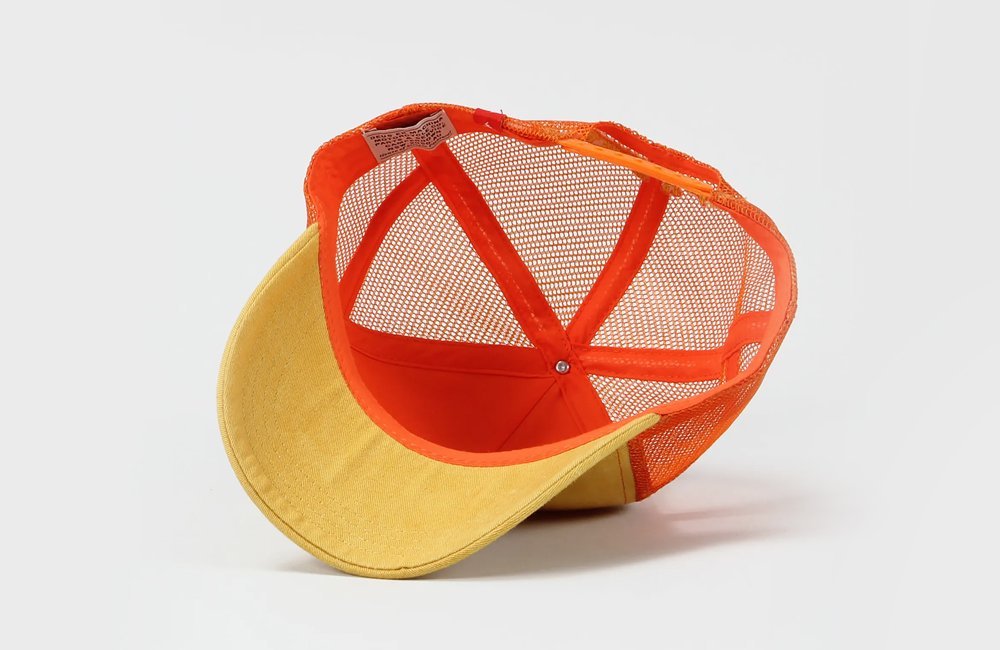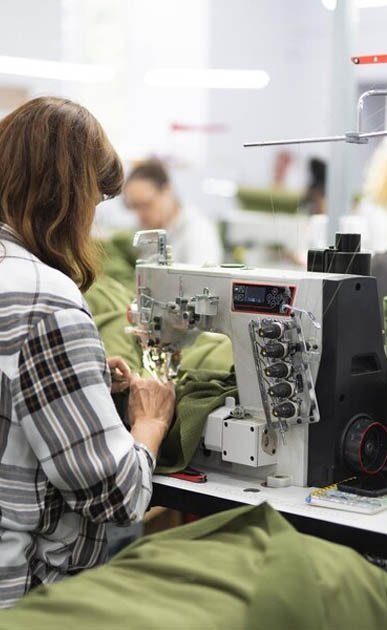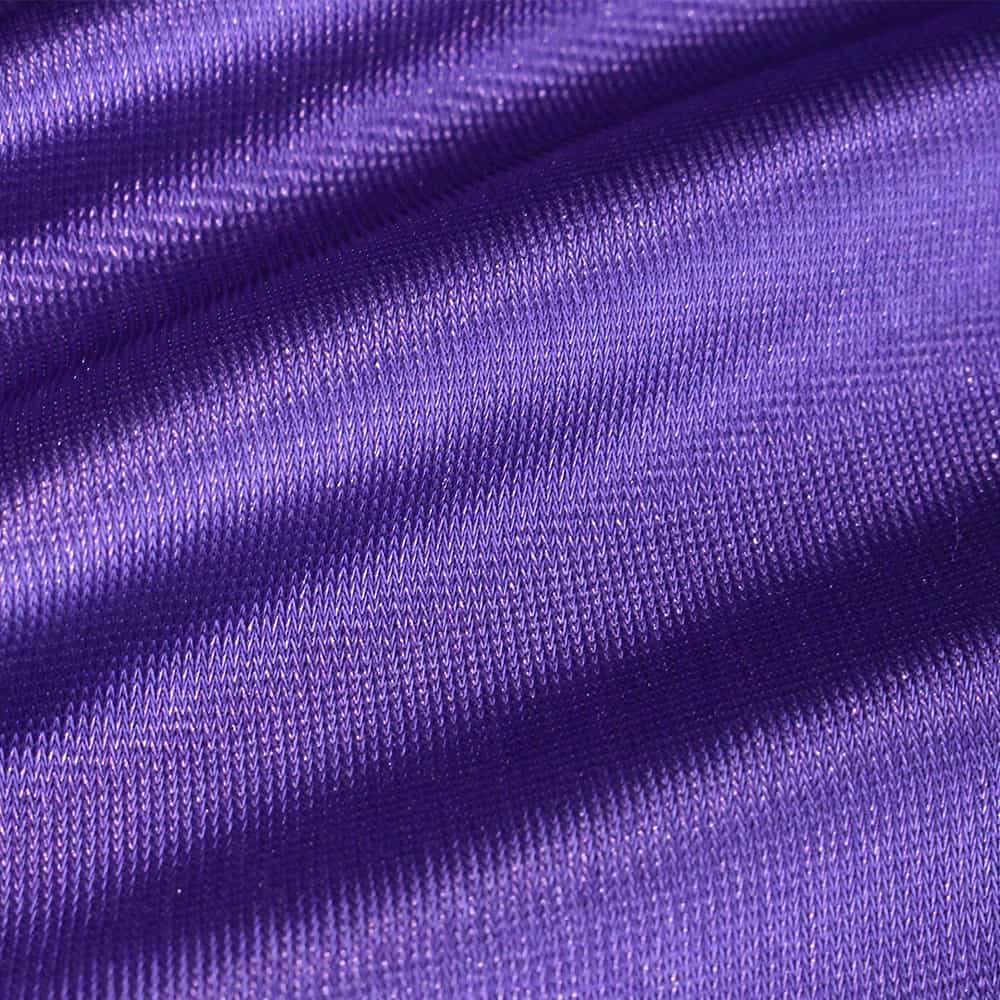
When choosing fabric for clothing, consider both functionality and aesthetic appeal. Tricot fabrics fit the bill and are durable, stretchy knitted fabrics popular among fashion designers and clothing brands.
Tricot fabrics originated in the 19th century thanks to the French engineer Joseph-Marie Jacquard, who made significant advancements in warp knitting.
He developed the Jacquard loom, which could knit complex patterns and designs and paved the way for creating the fabric.
Tricot knitting machines became even more popular during the Industrial Revolution.
What Is Tricot Fabric?
Tricot fabric is a type of knitted fabric created using a warp knitting process. The tricot weave creates a zigzag pattern. Synthetic fibers are typically used in this fabric, making it elastic.
The fabric is known for its fine, closely-knit structure, which gives it a sleek appearance and a soft feel. Tricot fabrics can range from slightly sheer to opaque, depending on its specific production.
Additionally, tricot is appreciated for its smooth texture, stretchability, and versatility.
Characteristics and Properties of Tricot Fabrics
Tricot material has several characteristics and properties. These contribute to its popularity and versatility.
Stretchability
Tricot fabrics are stretchable. It can stretch both lengthwise and widthwise. It also provides comfort and flexibility. The fabric is ideal for form-fitting garments and activewear.
Smooth Texture
Tricot fabrics have a smooth and sleek texture. This texture feels soft and comfortable against the skin. It is a popular choice for underwear, sleepwear, and intimate apparel.
Drape
The fabric has a good drape. It falls gracefully and conforms to the shape of the body. This makes it suitable where a draped appearance is desired.
Moisture-wicking
Due to its synthetic composition, tricot fabrics have excellent moisture-wicking properties. It allows the fabric to dry quickly. It is used for sports and swimwear clothing.
Durability
Tricot is also famous for its durability and resistance to wear and tear. The warp knitting process contributes to its strength and stability. Thus, the fabric is a long-lasting choice for various applications.
Lightweight
Tricot fabrics can be produced in various weights, making them breathable and suitable for warmer weather or active use.
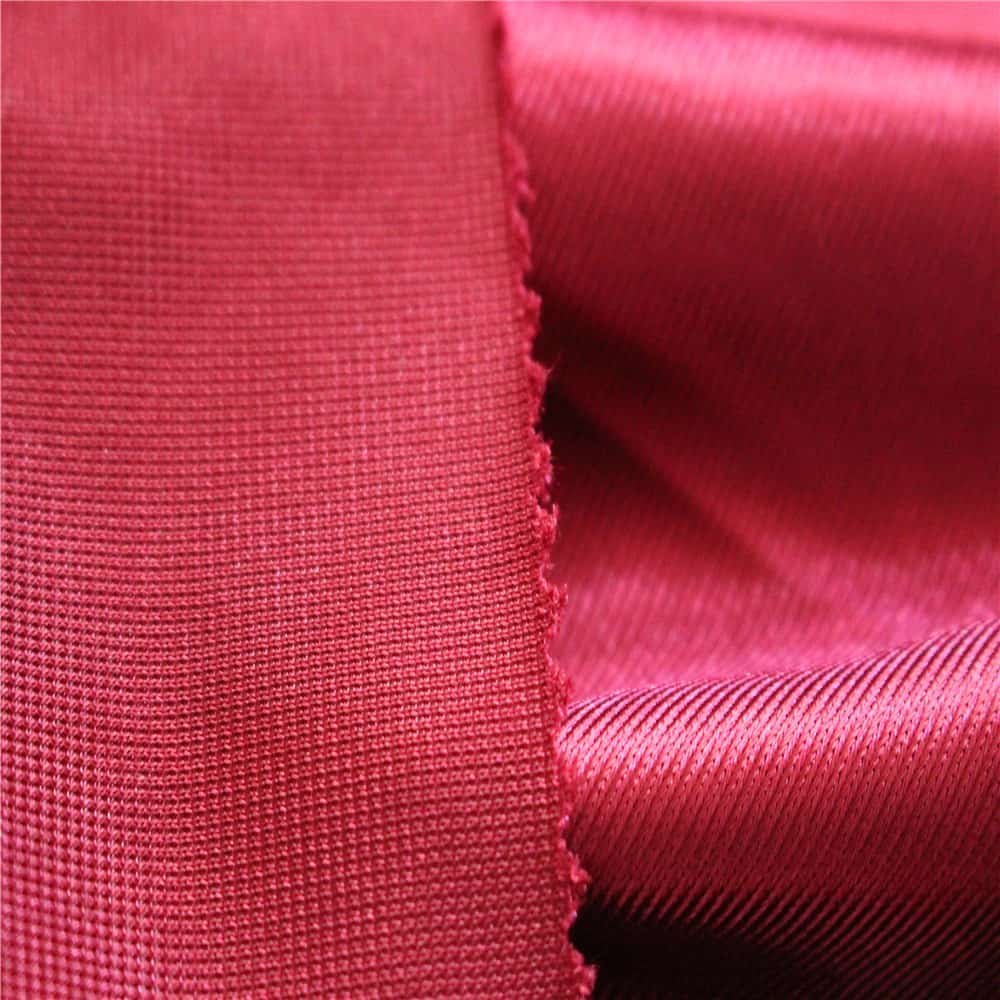
How is Tricot Fabric Made?
Tricot fabric is produced using a warp knitting process. There can be distinctions in the process depending on the kind of machine to be used. Various techniques can influence its characteristics, such as its stretch, weight, or pattern.
In the knitting process, the yarn is fed into a machine containing a series of needles. These needles interlock the yarn to create a series of loops. Then, these form the fabric.
The fabric is then rolled onto a cylinder and undergoes various finishing processes. This can include dyeing, printing, or laminating. These treatments help achieve the desired appearance and functionality of the fabric.
What are Tricot Fabrics Used for?
Tricot fabric is used in various industries due to its desirable characteristics. Here are some common uses of tricot fabric:
Apparel
Tricot fabrics are used in lingerie, underwear, sportswear, swimwear, and activewear. The fabric’s smooth texture, drape, moisture-wicking properties, and stretch provide comfort.
Lining Fabric
Tricot is often used as a lining material in jackets, coats, and dresses. The fabric provides additional comfort, smoothness, and structure.
Accessories
The fabric is used for accessories such as gloves, hats, scarves, and headbands. Its stretch and moisture-wicking properties are advantageous for these accessories.
Home Textiles
Tricot fabrics are used in home furnishing items such as bed linens, pillowcases, and curtains. Its drape, smooth texture, and durability are advantageous to these products.
Industrial Applications
The fabric is used in industrial applications such as filtration, reinforcement, and protection. Its strength and dimensional stability are favorable for these applications.
Upholstery
Tricot fabric’s strength, stability, and stretch make it suitable for upholstery purposes. It can be used for furniture upholstery, car interiors, and decorative fabric applications.
Types of Tricot Fabric Structures
Tricot fabrics come in various structures or patterns. Each has its own unique aesthetic and functional qualities. Here are some common types of tricot fabric:
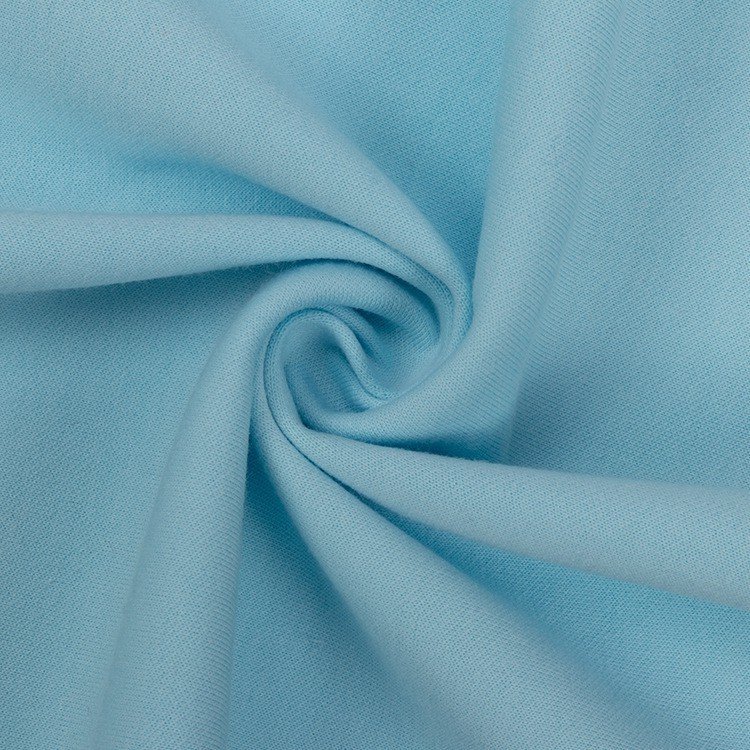
Plain Tricot
Plain tricot is the most basic and common knit structure with a smooth surface for lingerie, linings, and lightweight apparel. It features a straightforward interlocking pattern of loops formed by the knitting needles.
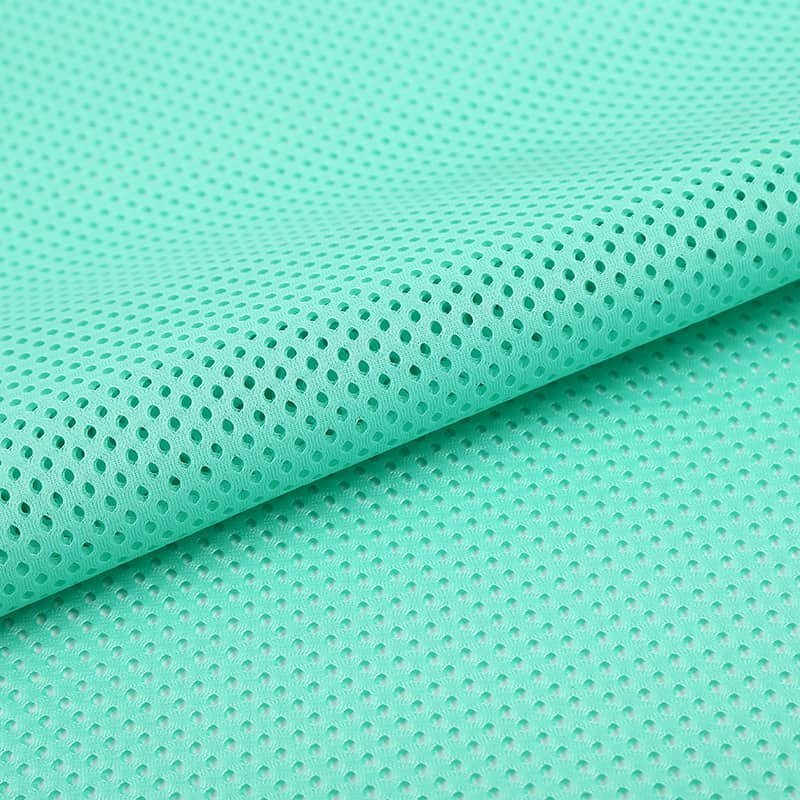
Raschel Tricot
Raschel tricot is a textured and decorative fabric made by combining tricot stitches with cords or laces. It is commonly used in fashion apparel, upholstery, and home textiles.
Brushed Tricot
Brushed tricot, also called peach skin tricot, is a soft and warm fabric used for cold-weather clothing, blankets, and upholstery. It has a brushed or suede finish on one or both sides.
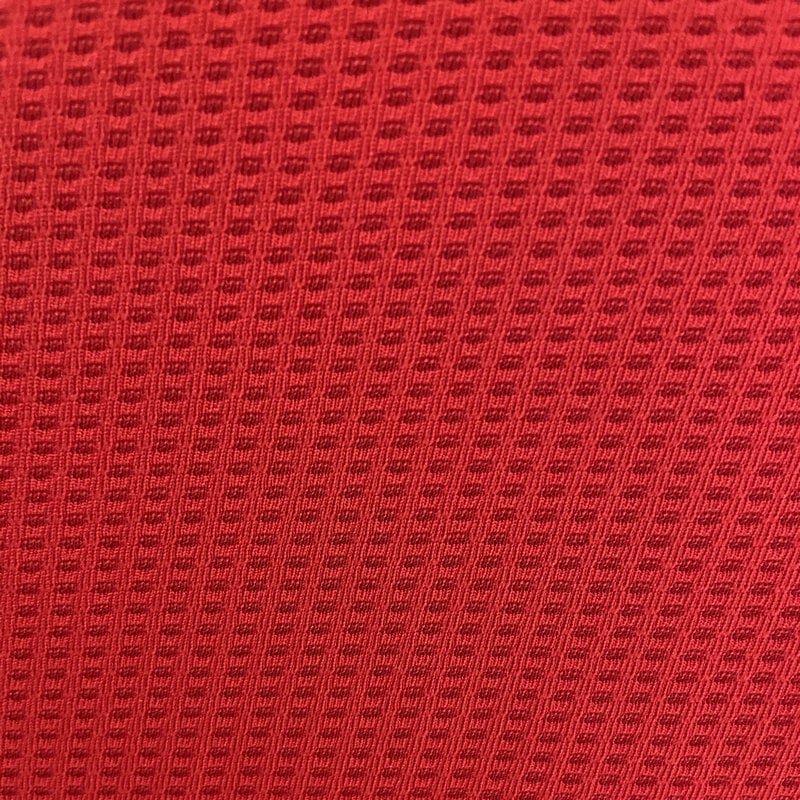
Mesh Tricot
Mesh tricot fabric has an open, net-like structure. It is created by using a larger stitch size or by omitting stitches in specific areas. Mesh tricot is lightweight and breathable. It is used in sportswear, athletic jerseys, and mesh lining applications.
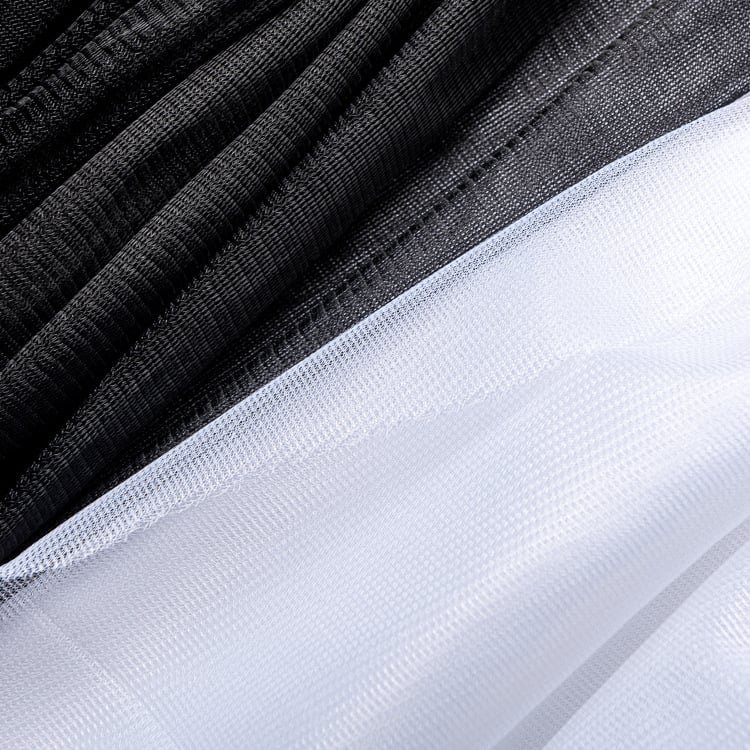
Power Mesh
Power mesh is a specialized type of tricot fabric with high elasticity and support. It is made using a combination of tighter and looser stitch formations. This makes the fabric stretch predominantly in one direction. Power mesh is used in athletic wear, shapewear, and lingerie.
What are the Pros and Cons of Tricot Fabrics?
Tricot material has its advantages and disadvantages like any other fabric. Here are the key points you should consider:
Pros
- Excellent stretchability and recovery
- Smooth and sleek texture
- Lightweight and comfortable to wear
- Durable and resistant to tearing
- Good drape
- Quick-drying and moisture-wicking properties
- Versatile and suitable for various applications
Cons
- May snag or pill with rough use
- May be slightly sheer
- Can be prone to static cling
- Limited breathability compared to natural fibers
- May retain heat more than natural fibers
- Limited natural fiber options
Conclusion
Tricot fabrics have proven to be a valuable addition to the world of textiles and fashion. Its stretch, durability, and versatility make it famous among designers and clothing brands.
Using tricot textiles offers a wide range of applications and possibilities. It can be used in intimate apparel, sportswear, and home textiles,
Technology and innovation will continue to shape the fabric industry. Thus, we can expect further advancements and improvements in this fabric. This will ensure the fabric’s relevance in the future of fashion.

